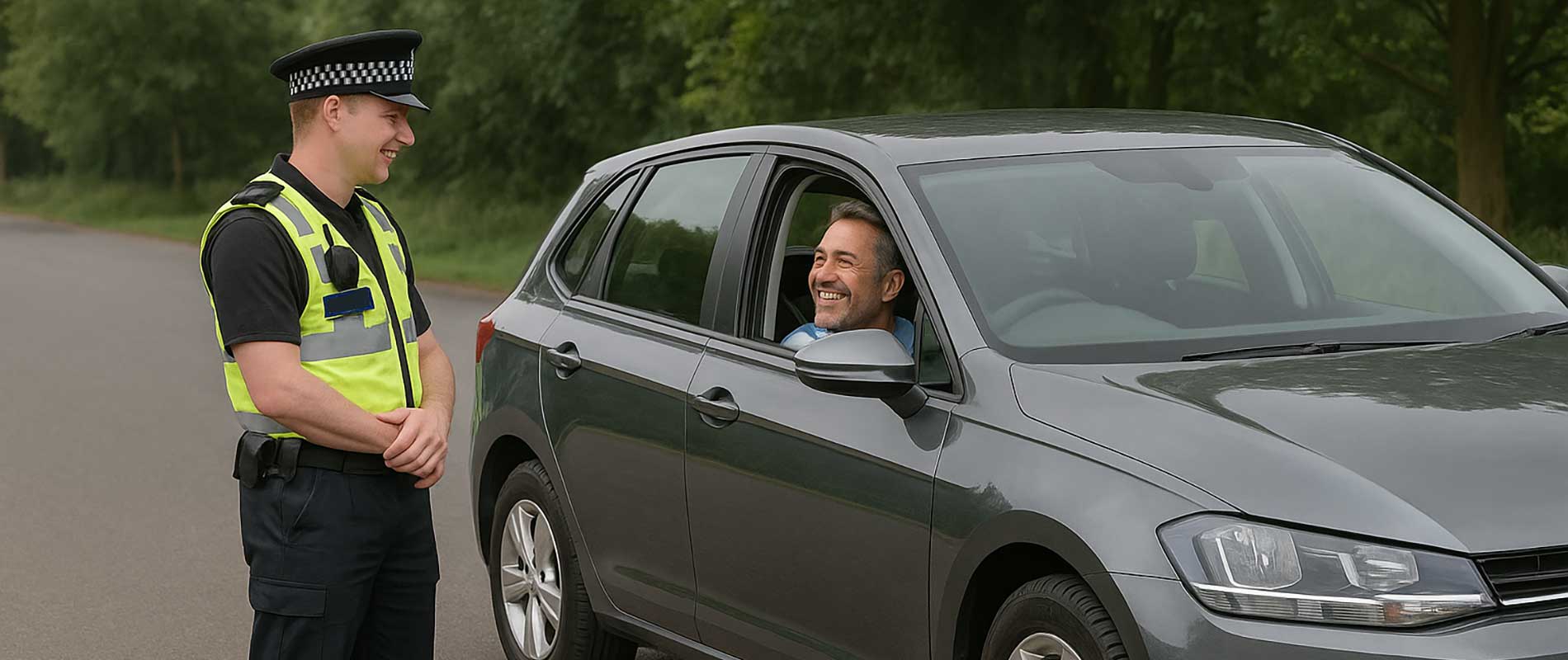Once you’ve had a driving conviction, rebuilding trust on the road takes time. It’s not just about paying fines or waiting for points to expire; it’s about showing, day by day, that you’re now a safer, more responsible driver. Insurers, employers, and even the police view patterns of behaviour, not promises. The good news is that there are many simple, concrete ways to prove you’ve changed for the better.
The most obvious step is a clean driving record. From the moment your conviction ends, every uneventful journey counts in your favour. Avoiding further offences or claims demonstrates that your habits have genuinely changed. Keep your vehicle roadworthy, respect speed limits and stay alert; those small, consistent decisions speak louder than any explanation could.
Another strong signal is completing a recognised driving course. Some drivers are required to do this as part of their sentence, but even if you’re not, taking one voluntarily shows real commitment. Advanced or defensive driving courses give you structured training and, in many cases, a certificate that you can present to insurers. It’s tangible evidence that you’ve invested effort in becoming a safer driver.
If you insure your vehicle with a telematics or black-box policy, the device can track your driving habits; speed, braking, cornering and time of day. The data builds a profile over time, proving your reliability in an objective way. Many insurers use this as part of their pricing, rewarding consistent, careful driving with lower premiums. For someone rebuilding a reputation, that proof is invaluable.
Maintaining consistent insurance cover also helps. Staying insured continuously, without gaps or cancellations, shows stability. It tells insurers that you’re serious about staying legal and responsible. Keeping payments up to date and renewing promptly are simple but powerful indicators of reliability.
Your choice of vehicle can reinforce the message too. A modest car, kept in good condition and fitted with proper security, suggests a practical approach to motoring rather than a thrill-seeking one. Some drivers even choose smaller engines or lower insurance groups for a few years to make premiums manageable while they rebuild their record.
Equally important is your attitude. When talking to brokers or insurers, be straightforward about your conviction and focus on what’s changed since. Explain calmly that you’ve learned from it and adjusted your driving accordingly. Professionals hear these stories daily; they can tell the difference between excuses and genuine effort. A steady, polite manner goes a long way.
Above all, proving you’re a safe driver isn’t a single act; it’s a collection of quiet choices. Drive carefully, stay covered, and keep records of your progress. Each year without incident strengthens your case and gradually moves you back into the same category as everyone else. Over time, the conviction becomes just another line on your history, not the thing that defines your future behind the wheel.

